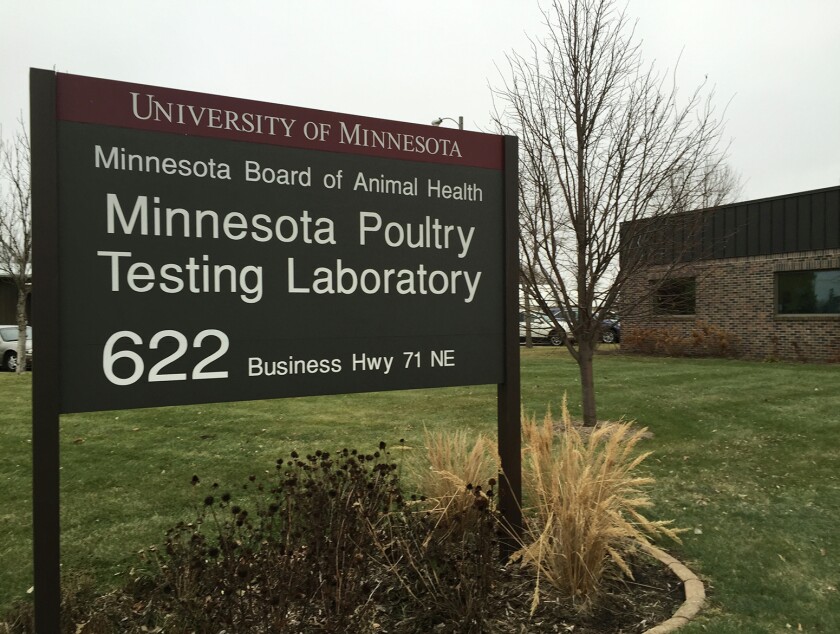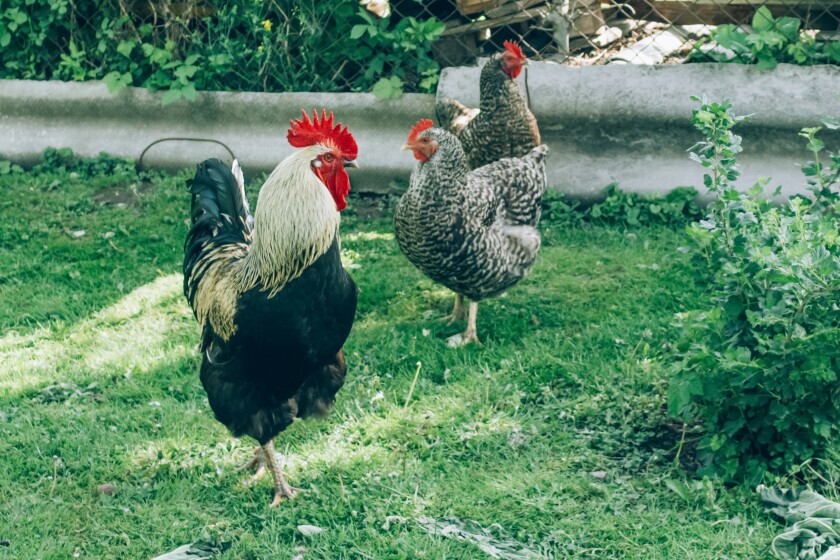WILLMAR, Minn. — Willmar is again serving as the center for responding to the highly infectious avian influenza in Minnesota.
As was done in 2015, the state of Minnesota has established a command post at the Kandiyohi County Law Enforcement Center where staff with both the state and federal governments are working together on the response to H5N1 highly pathogenic avian influenza.
ADVERTISEMENT
That coordinated effort is going smoothly, according to Dr. Beth Thompson, state veterinarian and executive director of the . She was on site at the command post last weekend.
The Minnesota Board of Animal Health and brought in help from the United States Department of Agriculture one week ago to assure there is a coordinated federal and state response, said Thompson.

The USDA team members have a variety of roles. They play a key role in epidemiological investigations, Thompson noted, while also assisting with indemnification for producers who suffer losses.
Willmar is also playing a central role in this response thanks to the that opened in 2016.
In 2015, producers needed to deliver samples of suspect birds to St. Paul for testing. Now, samples are delivered directly to the laboratory in Willmar. The test results from birds delivered by 8 a.m. can be known by noon, said Thompson.
Minnesota’s response team also includes case managers who are assigned to work one-on-one with producers who have flocks that need to be depopulated. Thompson said one of the lessons from 2015 was the importance of being able to assign local case managers to assist producers with the challenges they face.

It’s too early to know whether this outbreak of the avian influenza will prove as devastating as 2015, but that possibility is very real, she said.
ADVERTISEMENT
The state has mounted an aggressive and early response. “We’re not in peacetime now. We’re at war,” she told the West Central Tribune in describing the state efforts.
She estimates that more than 50 but less than 100 staff workers who are part of the response team are in the field already. The state is prepared to ramp up the team as needed.
About two-thirds of the Board of Animal Health staff is dedicated to roles with the response, whether in the field or the central office. The state Department of Agriculture has also committed significant numbers of staff, she said. The two agencies are also working with counterparts in other state agencies — the Department of Health, Minnesota Pollution Control Agency and Department of Natural Resources in various ways.
Waterfowl are spreading the virus during the spring migration. This year’s outbreak is different from 2015 in some respects.
During a conference call earlier this week with the national testing laboratory in Ames, Iowa, a scientist examining the genetics of the infection reported that all of the introductions of the disease to domestic flocks had been from wild waterfowl, according to Thompson.
In 2015, there had been cases where infections were traced to farm-to-farm spreads, she explained. “That is not happening so far.”

This year, backyard flocks are playing a bigger role in the outbreak than was the case in 2015. While only two of the 21 reported infection sites in Minnesota so far have been identified as backyard producers, one-third of the reported cases nationwide have been in backyard flocks.
ADVERTISEMENT
There is one constant when it comes to the virus responsible for the disease. It does not tolerate dry and warm conditions and is most readily spread during wet and cool weather conditions.
Unfortunately, Minnesota has been experiencing cool and wet weather so far this season, with a forecast for more of the same next week.
“We’re hoping the sunshine comes out here and that it dries and warms up soon,” said Thompson. “We know the virus doesn’t like that.”
She said to date, operators have been very vigilant about stepped up biosecurity measures. The state is seeing very good cooperation from the owners of backyard flocks in reporting any suspected signs of the disease in their birds as well, she said.









